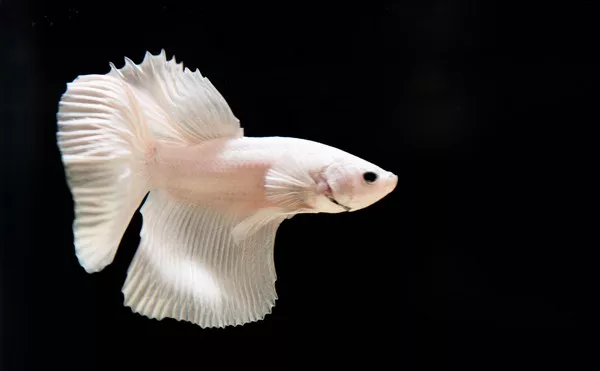Angelfish, known for their stunning appearance and graceful movements, are a popular choice among aquarium enthusiasts. With their vibrant colors and distinctive shape, these fish have a unique charm that draws people into the world of fishkeeping. However, one question often arises among those considering angelfish as pets: Are angelfish friendly to humans? In this article, we will explore the nature of angelfish, their behavior, and their interactions with humans to understand whether they can be considered friendly companions in the world of aquatic pets.
Understanding Angelfish Behavior
Before we delve into the question of angelfish’s friendliness toward humans, it’s crucial to grasp some fundamental aspects of their behavior:
Territorial Nature: Angelfish are known for their territorial behavior, especially during the breeding season. They can become protective of their chosen breeding site, and this territoriality may influence their interactions with other fish, including humans.
Social Hierarchy: Like many cichlid species, angelfish establish a social hierarchy within their group. Dominance plays a significant role in their interactions, which can affect how they respond to other tank inhabitants, including humans.
Parental Care: Angelfish are renowned for their active involvement in parenting. Both male and female angelfish participate in guarding and caring for their eggs and fry. This parental instinct can make them appear more aggressive during these periods.
Individual Variation: It’s essential to recognize that individual angelfish can have varying temperaments. While some may be more outgoing and curious, others might be shy and reserved.
Friendliness Toward Humans
Angelfish, like most aquarium fish, don’t have the same capacity for forming bonds with humans as, say, dogs or cats. However, they can display behaviors that some might interpret as friendliness. Here are some ways angelfish may interact with humans:
Curiosity: Angelfish are naturally curious creatures and may approach the front of the tank when a human is nearby. They might investigate their surroundings, including the glass, plants, and decorations.
Feeding Time: Angelfish often associate humans with food. During feeding times, they may swim to the surface, eagerly anticipating their meal. Some aquarists find this behavior endearing and interpret it as a form of interaction.
Observation: Angelfish are excellent observers. They can recognize their owners and may appear to “watch” humans as they move around the tank. This behavior is more about curiosity than friendship.
Familiarity: Over time, angelfish may become accustomed to the presence of their human caretakers and may not display signs of stress when approached or observed.
Territorial Defense: During the breeding season, angelfish can become more protective and may appear aggressive when humans approach their breeding site. This behavior is not directed at humans but is a response to perceived threats.
Tips for Encouraging Positive Interaction
While angelfish may not form the same kind of bonds with humans as some other pets, there are steps you can take to encourage positive interactions:
Consistent Care: Providing consistent care, including regular feeding and maintenance, can help angelfish become more comfortable in their environment and with your presence.
Observation: Spend time observing your angelfish to understand their individual personalities and behaviors. This will help you recognize when they are comfortable and when they may feel threatened.
Feeding Routine: Maintain a consistent feeding routine, and avoid overfeeding, which can lead to health issues. Feeding at the same times each day can help angelfish associate your presence with positive experiences.
Minimal Disturbance: Limit disturbances in the tank environment, especially during breeding periods. Ensure that there are hiding places and visual barriers to reduce stress.
Respect Their Space: Recognize and respect the angelfish’s territorial nature. Avoid excessive tapping on the glass or sudden movements that may cause stress.
Conclusion
While angelfish may not be considered “friendly” in the same way that some pets are, they can display behaviors that aquarists find engaging and endearing. Their curiosity, recognition of feeding routines, and occasional interactions near the tank’s surface can create a sense of connection between angelfish and their human caretakers.
Understanding the nature of angelfish behavior, their territorial instincts, and their responses to environmental stimuli is essential for creating a harmonious and stress-free habitat. By providing consistent care, minimizing disturbances, and respecting their space, aquarists can foster positive interactions and appreciate the unique beauty and behavior of these captivating aquatic companions.
Recommended reading:

























